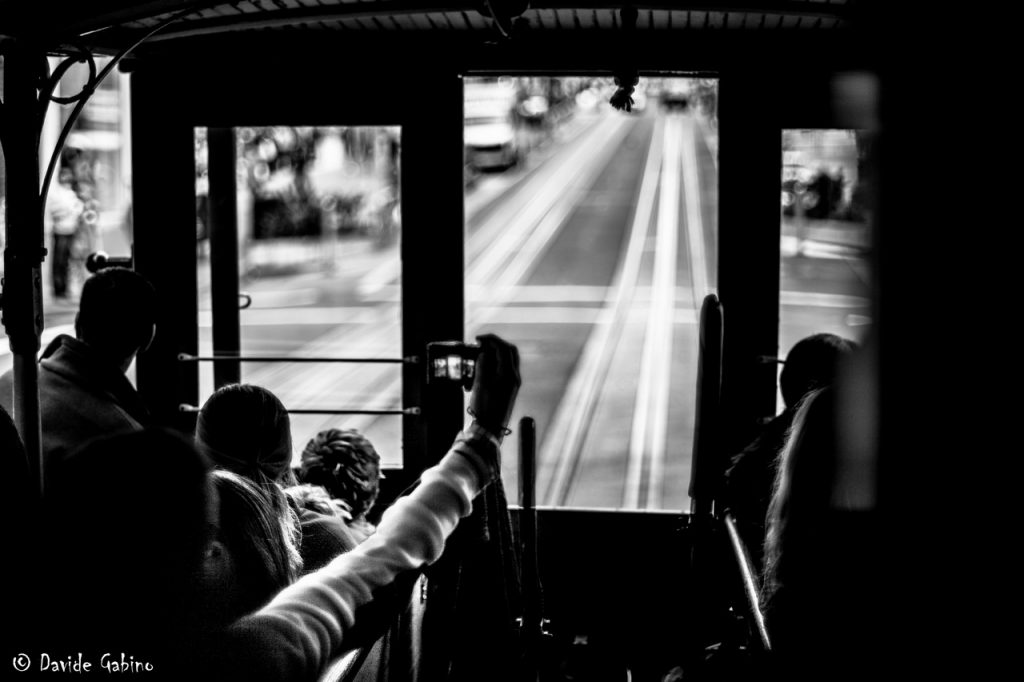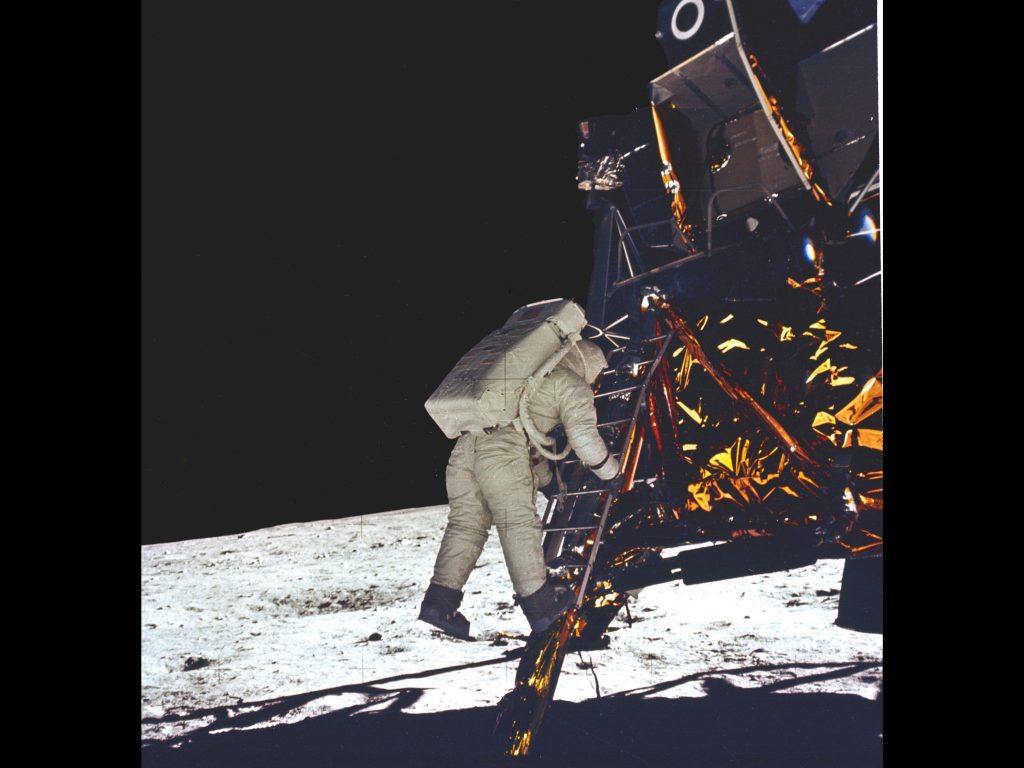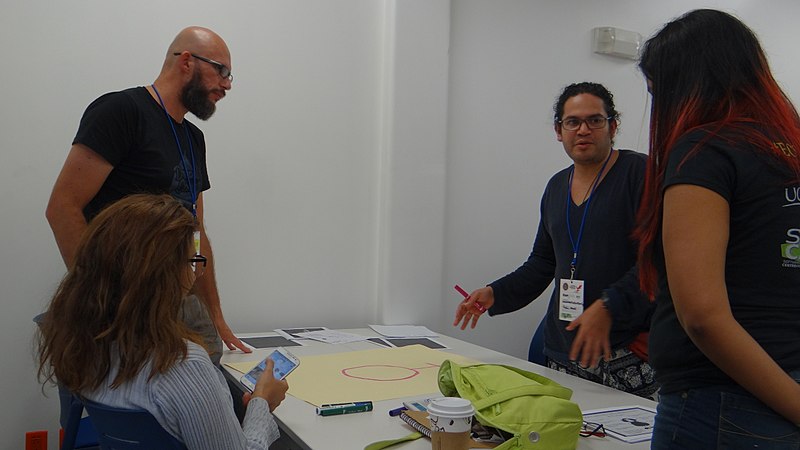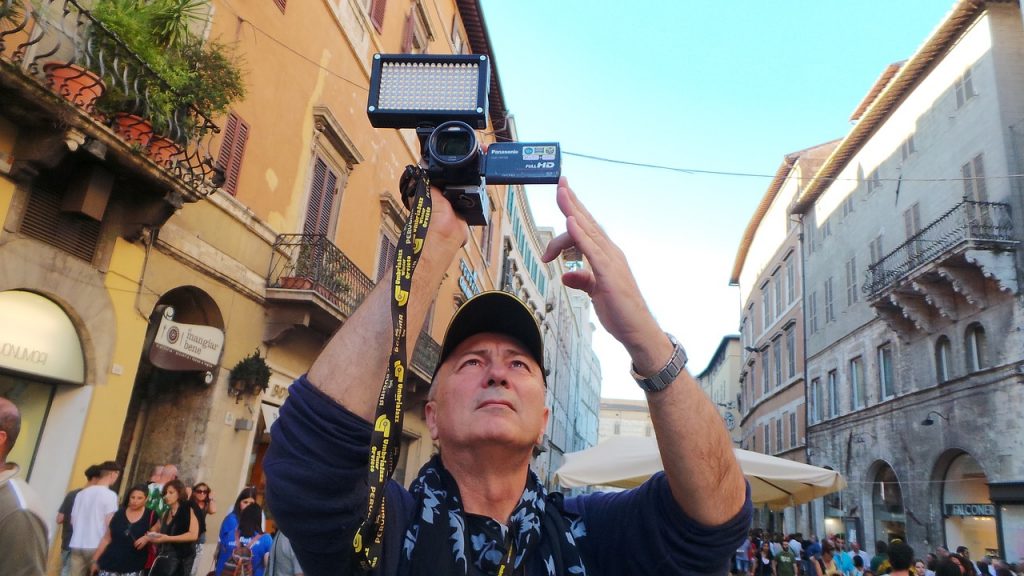Multimedia Reports: Indicators of Journalism in the Digital Age
by KIKI WALLICK | October 27, 2019

Advancements in technology and the diffusion of the internet in our global world have transformed the field of journalism. Haak et al describe the new journalism as a networked journalism that is prefaced by the “emergence of a flurry of new tools and practices” that have led to a redefinition of journalism (2012).
This metamorphosis is made exceptionally clear with the increase in multimedia reporting. Journalism expert, Bob Wyss, states that, “the use of multimedia reports has become an increasingly standardized approach over the past 20 years” (2019, 196). Multimedia reports use a mix of visual, audio, and spatial data in combination with many types of reporting, oftentimes including citizen journalism, to tell a complete story.
“… multimedia reports has become an increasingly standardized approach over the past 20 years.”
Bob Wyss, 2019
New technology, practices, and tools are transforming journalism for the better. Stories, whether they be breaking news or long-term projects, are being told in a variety of new, innovative ways that refreshingly engage with readers. Wyss believes that, “visual storytelling has reached new heights in recent years, aided primarily by a range of new technologies” (2019, 202).

Some of these technologies and practices include: graphic design, data mapping, interactive graphics, 360-degree cameras, 3-D cameras, software robots, and a plethora of different publishing methods. Chad Stevens, a visual community professor from the University of North Carolina, states that, “… new technologies can produce ‘a renaissance’ of visual coverage of environmental issues” (Wyss 2019, 204).
This revival in coverage is not limited to environmental issues. Haak et al emphasize that, “good journalists in the twenty-first century tell fact-based stories about the real world, through text, audio and visuals, which people can relate to, share and appropriate” (2012). Multimedia reports inherently combine different ways of storytelling that is integral to journalism in the digital age.

One such report that combines new technologies to tell a captivating story is The New York Times’ Apollo 11 moon landing augmented reality report to commemorate the 50th anniversary of the event. The report combines original audio transcripts between the two astronauts and mission control, mission photographs of the moon, and a stunning mission reconstruction that allows readers to recount the historic moment as if they were Neil Armstrong. Through this augmented reality, readers are able to engage with a historical moment in a way that was not thought possible when it happened 50 years ago.
While the advancement of multimedia reporting through new technologies and practices energized journalism, it also altered the boundary between specialization and collaboration. With the development of new technologies who all may not have the required technical knowledge to use, multimedia reporting requires certain levels of collaboration and specialization. The question is whether journalists should be experts in many forms of media or should rely on others more in collaborative projects. Haak et al weigh in:
“As the data ocean expands and information becomes more complex, professional journalists will increasingly need to collaborate with other professionals and with citizen journalists to perform their tasks adequately. Both specialization and collaboration will be needed to ensure the production of high-quality journalism in the future” (2012).

Haak et al believe that journalists in the digital age should rely more on their community rather than themselves to produce transcendent work. Not only should journalists work with their community in creating and distributing their stories, they can look to their citizen community to include more perspective and narrative. On the other hand, Wyss more so encourages a renewal in the journalist toolbox through specialization. Wyss states that:
“Once a journalist could specialize as a writer or photographer in print journalism or a television or radio reporter in broadcast. No more. Students now need a broad range of skills in writing both short- and long-form journalism, visual journalism including still photography and video, audio recording, and formation” (2019, 196).
Wyss asserts that a good journalist must have a variety of skills working with different types of media. In this regard, a journalist in the digital age relies on themselves based on their own specialization. However, Wyss makes note of the fact that it is impossible for one to excel in all areas of expertise, acknowledging that collaboration is still pertinent to the new journalism.
Additional multimedia reports
Follow the Food: The tale of the “wasteful fate” of a third of our global food supply.
Losing the Eternal Blue Sky: Mongolia’s story of internal migration and economic transformation in an era of climate change.
Snow Fall: The story of an avalanche in the Cascades in Washington State.
Sources
Corum, J., M. Grondahl, E. Grothjan, M. Hopkins, J. Huang, Y. Parshina-Kottas, K. Patanjali, and G. Roberts. 2019. Apollo 11 As They Shot It: One Small Step. Accessed October 27, 2019.
Haak, B., M. Parks, and M. Castells. 2012. The future of journalism: networked journalism. International Journal of Communication 6: 2923-2938.
Wyss, B. 2019. Online journalism. Pages 193-207 in Covering the environment: how journalists work the green beat. 2nd edition. Routledge, New York, NY, USA.
Image credits
Internet of things by geralt.
iPhone videography by David Gabino is licensed under CC BY-ND 2.0.
Apollo 11 Moon Landing by NASA.
Collaborative work by Leo Jimenez is licensed under CC BY 4.0.
Add a Comment
You must be logged in to post a comment.

